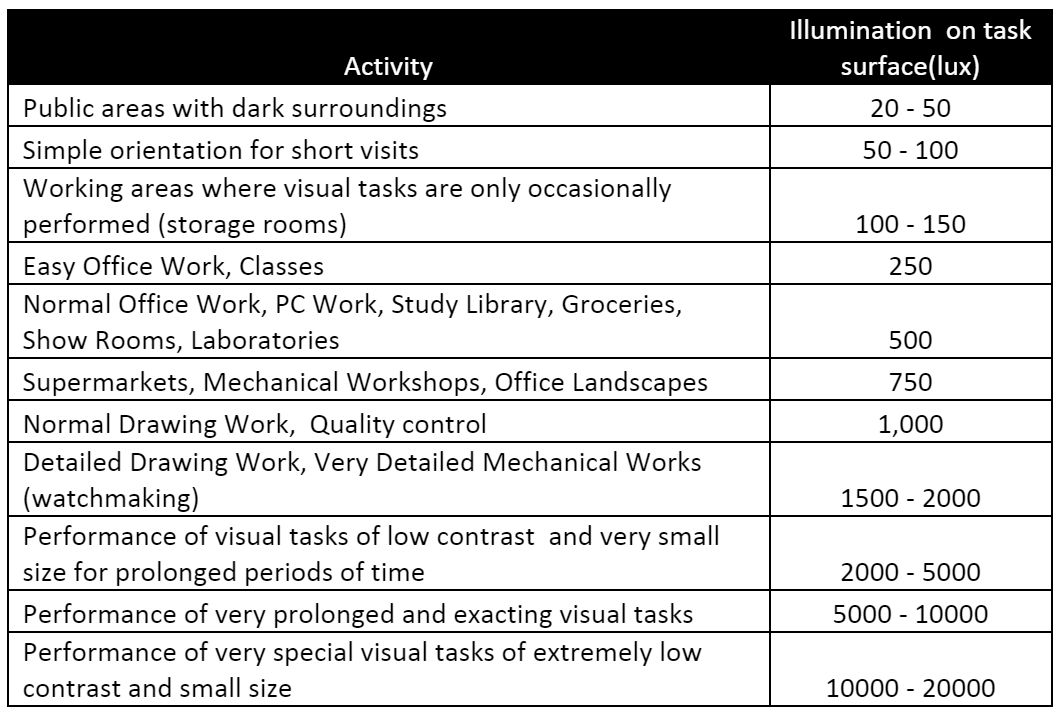(A) DIFFERENCE BETWEEN LUX AND LUMENS
 Lumens
Lumens
What is it?: LUMEN is a unit of light measurement otherwise known as luminous flux.
We use LUMENS to compare the total amount of light output from a light emitter. However, LUMENS isn’t the end-all, be-all. In fact, LUMENS will only tell you a one part of the picture because when it comes to producing a great beam pattern, it doesn’t give you enough information to tell you how the light output is used. A comparable analogy of LUMENS is an automobile’s total brake horsepower (BHP).
To measure LUMENS, we use a specialized light integrating sphere.
Lux
What is it?: LUX is a unit of light measurement taking area into account. In other words, light intensity.
We use LUX to measure the amount of light output in a given area, where one LUX is equal to one LUMEN per square meter. LUX is a great measurement for determining what we see as the brightness of a beam. If the light output is concentrated over a smaller area, we see this as very bright. If the light output is spread over a larger area, we see this as very weak. We normally use mirrors, reflectors, and optics to control the path of light and create the desired beam pattern. LUX also determines the magnitude of light intensity travelling over distances. A light that is configured for high LUX output will travel farther but will have a smaller footprint of light (e.g. lighthouse spotlight), and a low LUX level will be configured to travel shorter distances but have a larger footprint (e.g. decorative down lighting or ambient lighting).
To measure LUX at a specific location, we use a device called a LUX meter.

